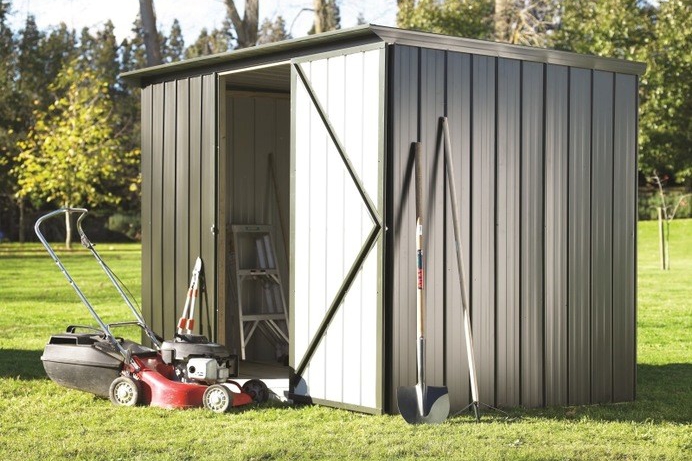Do I Need Building Consent for a Garden Shed?
Anyone who has gone through the nightmare of home renovations knows that consents – particularly for complex or invasive renos – can be the beam that breaks the baboon’s back. Buildings are unique – and how we choose to build on our properties differs significantly. We all have our own demands and desires when it comes to the structures we want to build or renovate.
So, when it comes to building consents for garden sheds, what does New Zealand law say? How do you join #ShedLife with minimal fuss?
It’s simple – sheds don’t typically need consents
In the words of MBIE, single-storey detached buildings “not exceeding 30 square metres in floor area” typically do not need a building consent – which includes small buildings such as garden sheds, cabins and sleepouts. Whether it’s a small lean-to protecting your firewood, or a small occupied sleepout where your teenagers can just escape from it all, consent is not required.
For MBIE, the decision to allow individuals to establish minor dwellings on their property is about flexibility and the safety issues parallel to smaller buildings. Typically, minor dwellings such as sheds are far less complex than a larger building and pose minimal safety issues when constructed in accordance with the plans supplied.
Do bear in mind that if your shed is intended for accommodation, appropriate sanitation must be available and the building cannot include cooking facilities due to increased risks of fires in small buildings.
What does the law say?
Schedule 1 of the Building Act 2004 is reasonably clear when it comes to constructing small buildings without consent:
- Building work in connection with any detached building that:
(a) is not more than 1 storey (being a floor level of up to 1 metre above the supporting ground and a height of up to 3.5 metres above the floor level); and
(b) does not exceed 30 square metres in floor area; and
(c) does not contain sanitary facilities or facilities for the storage of potable water; and
(d) does not include sleeping accommodation, unless the building is used in connection with a dwelling and does not contain any cooking facilities.
2. However, subclause (1) does not include building work in connection with a building that is closer than the measure of its own height to any residential building or to any legal boundary.
Unpacking the Building Act 2004
Most of the time, you should be able to fabricate your garden shed with ease, in respect to consent. However, under certain conditions, your garden shed may need consent. For example, a kitset shed that is 2 metres high, but located 1 metre away from the fence will require a building consent, due to being too close to the property boundary.
For more information on the particular ins and outs of building consents and sheds, it pays to see MBIE’s specifications around single-storey detached buildings here.
What are the rules in my local area?
Different councils have different bylaws pertaining to the garden sheds. So it always pays to check with your local council bylaws before undertaking any renovations or building work on your property. In particularly dense areas, it can be important to get consent, but it may be tricky to meet the requirements of having your shed at least its height away from the property boundary.
Auckland Council makes it particularly easy, with online tools that help you check whether consents are required before putting up your garden shed.
Looking for the perfect garden shed to complete your outdoor space?
At Duratuf we have a range of high-quality steel and cedar sheds for every situation. From small steel sheds designed for your garden tools, through to gold-standard cedar sheds that look great and are built to last. Even large roller door sheds for your lifestyle block or farm. Check out our 3D Shed Builder and design your dream shed in 4 easy steps, or contact us for help finding the best sheds NZ offers.
